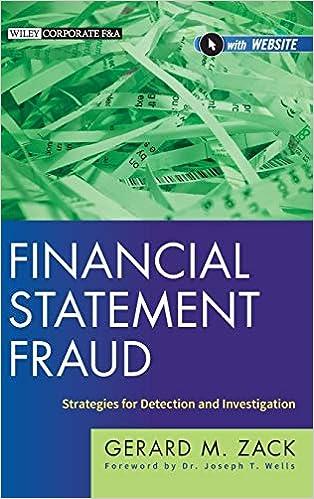Question
Exercice 1 image1 image 2 translation for image 2 1..production function 2.labor demand 3.real wage after tax 4.labor supply 5.equilibrium condition, labor market 6.aggregate demand
Exercice 1
image1

image 2

translation for image 2
1..production function 2.labor demand 3.real wage after tax 4.labor supply 5.equilibrium condition, labor market 6.aggregate demand or TQM 7.Aggregate supply 8.public surplus or deficit 9.demand for liquid funds 10.ready supply of funds 11.condition of equilibrium-ready fund market
1. On a copy of the graphs found in Image 1, identify the equation for each curve using the numbers in the equations on using the numbers in the equations in Image 2.
2. If the money supply increases, does the new macroeconomic equilibrium depend on the macroeconomic equilibrium depend on the savings rate? To reach a conclusion, you need to present your numerical model solutions for zero and positive savings rates. and positive savings rates. (And before you ask me, the savings rate is the amount of savings rate is the amount of savings divided by disposable income)
3. For Demonstration 3 (increase in payroll taxes), explain verbally the movements of the verbally explain the shifts in the different curves and the new equilibrium points equilibrium points.
4. In the classical model, nominal wage rigidity is the only source of unemployment. If M=^M, is it possible to restore full employment? Justify your answer with numerical or graphical analysis.
exercice2
. Find examples of a classical macroeconomic model with flexible K
\begin{tabular}{lll} 1 & y=(5+Tech)LD0.001LD20.007LD3 & Fonction de production \\ 2 & pW=(5+Tech)0.001LD0.0002LD2 & Demande de travail \\ 3 & wzpt=pW(1t) & Salaire rel aprs taxes \\ 4LO=60(wzpt)6(wzpt)2 & Offre de travail \\ 5 & LO=LD & Cond'n d'quilibre - march de travail \\ 6 & M=kPy & TQM ou demande agrge (normalis en p=f(y)) \\ \hline 7 & AS=Y & Offre agrge \\ 8 & GBAL=G(tWL) & Surplus/deficit publique \\ 9 & FPD=200(20r)+GBAL & Demande de fonds prtables (f'n d'investissement) \\ \hline 10 & FPO=0.1Y+(20r50) & Offre de fonds prtables (f'n d'pargne) \\ \hline 11 & FPO=FPD & Cond'n d'quilibre - march \\ de fonds prtables \end{tabular} \begin{tabular}{lll} 1 & y=(5+Tech)LD0.001LD20.007LD3 & Fonction de production \\ 2 & pW=(5+Tech)0.001LD0.0002LD2 & Demande de travail \\ 3 & wzpt=pW(1t) & Salaire rel aprs taxes \\ 4LO=60(wzpt)6(wzpt)2 & Offre de travail \\ 5 & LO=LD & Cond'n d'quilibre - march de travail \\ 6 & M=kPy & TQM ou demande agrge (normalis en p=f(y)) \\ \hline 7 & AS=Y & Offre agrge \\ 8 & GBAL=G(tWL) & Surplus/deficit publique \\ 9 & FPD=200(20r)+GBAL & Demande de fonds prtables (f'n d'investissement) \\ \hline 10 & FPO=0.1Y+(20r50) & Offre de fonds prtables (f'n d'pargne) \\ \hline 11 & FPO=FPD & Cond'n d'quilibre - march \\ de fonds prtables \end{tabular}Step by Step Solution
There are 3 Steps involved in it
Step: 1

Get Instant Access to Expert-Tailored Solutions
See step-by-step solutions with expert insights and AI powered tools for academic success
Step: 2

Step: 3

Ace Your Homework with AI
Get the answers you need in no time with our AI-driven, step-by-step assistance
Get Started


